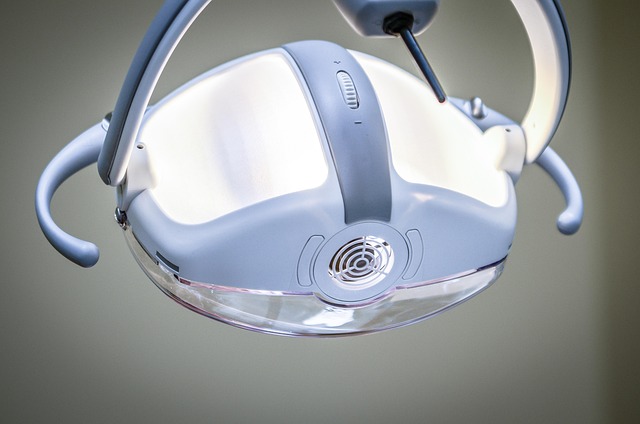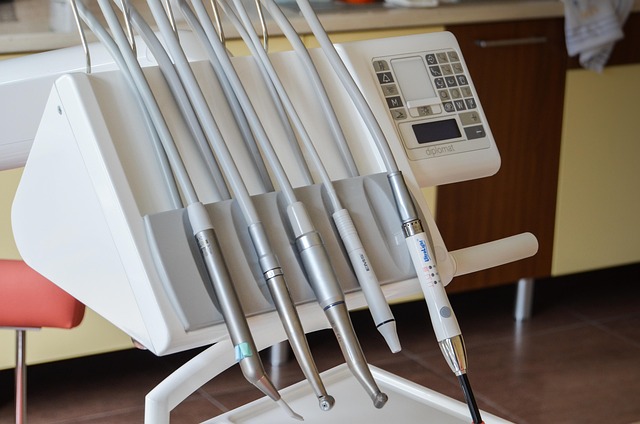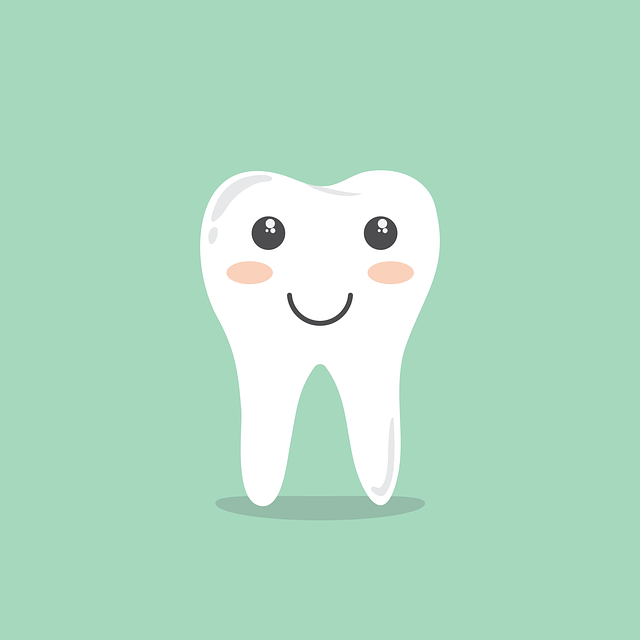Dental anxiety in children is addressed by pediatric dentists creating kid-friendly environments and using techniques like language simplification, colorful decor, and games to ease fears. Offering age-appropriate care, clear explanations, and engaging resources improves experience, encouraging good oral hygiene habits from a young age. Modern technologies, interactive education, and positive reinforcement build trust, making dental visits enjoyable for anxious children.
Many children experience dental anxiety, making it crucial for parents to find effective solutions. This article explores comprehensive strategies to alleviate fear and create positive dental experiences for anxious kids. We delve into understanding the root causes of dental phobias, from sensory sensitivities to past traumatic experiences. By examining techniques like compassionate communication, playful environments, and modern technologies, parents can empower their children to view the pediatric dentist as a trusted partner in oral health.
- Understanding Dental Anxiety in Children
- Creating a Comfortable Pediatric Dentist Experience
- Effective Communication Strategies for Kids
- Modern Dental Technologies for Anxious Patients
- Building Trust and Positive Associations
Understanding Dental Anxiety in Children

Dental anxiety is a common issue among children, often stemming from fear or stress associated with dental procedures. Many kids may exhibit signs of uneasiness or even severe panic when facing a trip to the dentist. Understanding and addressing this anxiety is crucial for establishing a positive relationship between children and their oral health. A pediatric dentist is specifically trained to handle these situations, ensuring a comfortable and kid-friendly environment that eases fears.
Children’s dental insurance options play a significant role in making quality dental care more accessible. With the right coverage, parents can choose from various kid-focused oral care clinics, including those with specialized services tailored for anxious children. A kid-friendly dentist near me or a clinic focusing on child-specific needs can provide an environment that makes regular check-ups less daunting and promotes good oral hygiene habits from an early age.
Creating a Comfortable Pediatric Dentist Experience

Creating a comfortable environment is key to making dental visits less daunting for anxious children. A pediatric dentist should be trained in communicating with kids, using language they understand, and incorporating playful elements into the office space. This can include colorful decor, child-friendly tools, and even educational games that distract them from their fears. The goal is to make the dental office feel like a fun place, easing anxiety and fostering a positive association with oral care.
Offering age-appropriate services tailored for baby teeth care and treatment is essential. Simple procedures like cleanings and check-ups can be made less intimidating by explaining each step in a kid-friendly manner. Additionally, discussing teeth whitening safe for kids on a future basis can help set expectations, ensuring that even the youngest patients understand the importance of maintaining healthy teeth. A dental office for little ones should prioritize making every visit an enjoyable experience to build trust and encourage lifelong good oral hygiene habits.
Effective Communication Strategies for Kids

Effective communication plays a pivotal role in calming anxious children during their dental visits. Pediatric dentists should employ simple and age-appropriate language to explain procedures, ensuring the kids understand what to expect. For instance, instead of using complex terms, a pediatric dentist might say, “We’re going to make your teeth shine and feel comfortable” to describe routine cleanings. This approach helps reduce fear and makes the experience less intimidating for preschoolers.
When discussing potential treatments like teeth straightening for kids, the dentist can use visual aids or even involve parents in the conversation to simplify complex concepts. Providing clear explanations and addressing any concerns directly contributes to a positive atmosphere. Moreover, offering kid-friendly resources like books or small toys during the wait area can further engage children and make their dental care tips more memorable, reducing anxiety around future visits, including managing any children’s dental emergencies that may arise.
Modern Dental Technologies for Anxious Patients
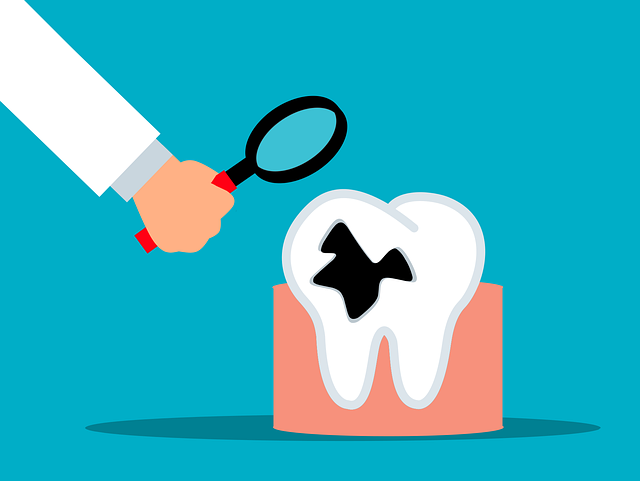
Modern dental technologies have revolutionized pediatric dentistry, offering innovative solutions to calm anxious young patients. Tools like digital X-rays provide clearer, instant images, reducing anxiety through less invasive procedures and fewer retakes. Laser dentistry is another game-changer; its precision and minimal discomfort make it ideal for kids who fear traditional drills.
Interactive oral hygiene education for youth, often facilitated by pediatric dentists, leverages these technologies to engage children in learning about their oral health. This can include demonstrating procedures with virtual reality or showing animated videos that explain healthy habits for child’s teeth. Such interactive approaches not only educate but also desensitize kids to dental visits, fostering a lifelong commitment to good oral hygiene.
Building Trust and Positive Associations
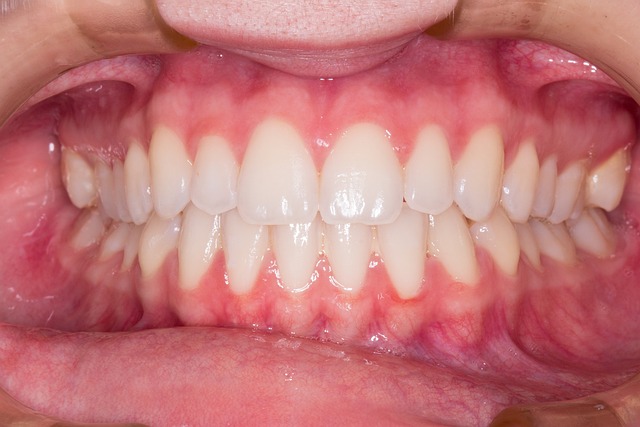
Building trust with anxious children is a critical step in ensuring they receive the best dental care. A pediatric dentist should create a welcoming and comfortable environment that eases fears and makes visits enjoyable. This can be achieved through friendly staff, playful decor, and a child-centric dental practice approach that involves parents in the process. Involving parents in discussions about their child’s dental health and providing home care advice for baby teeth helps foster an understanding of the importance of good oral hygiene from an early age.
Additionally, using positive reinforcement and creating fun experiences around dental visits can significantly influence a child’s perception. Incorporating educational tools, like books or videos, that explain procedures in simple terms can also help. For preschoolers, dental care tips tailored to their age, such as making brushing a game or using colorful flossers, can make routine maintenance less daunting. These strategies collectively contribute to building positive associations with dental visits, setting a foundation for lifelong healthy oral habits.
Anxiety around dental visits is common in children, but there are effective strategies to make these experiences more positive. By creating a comfortable environment at the pediatric dentist office, employing modern technologies to ease fears, and building trust through positive associations, we can significantly improve oral health outcomes for anxious kids. A calming, kid-friendly approach ensures that young patients feel secure and understood, fostering a lifelong love of dental care.










